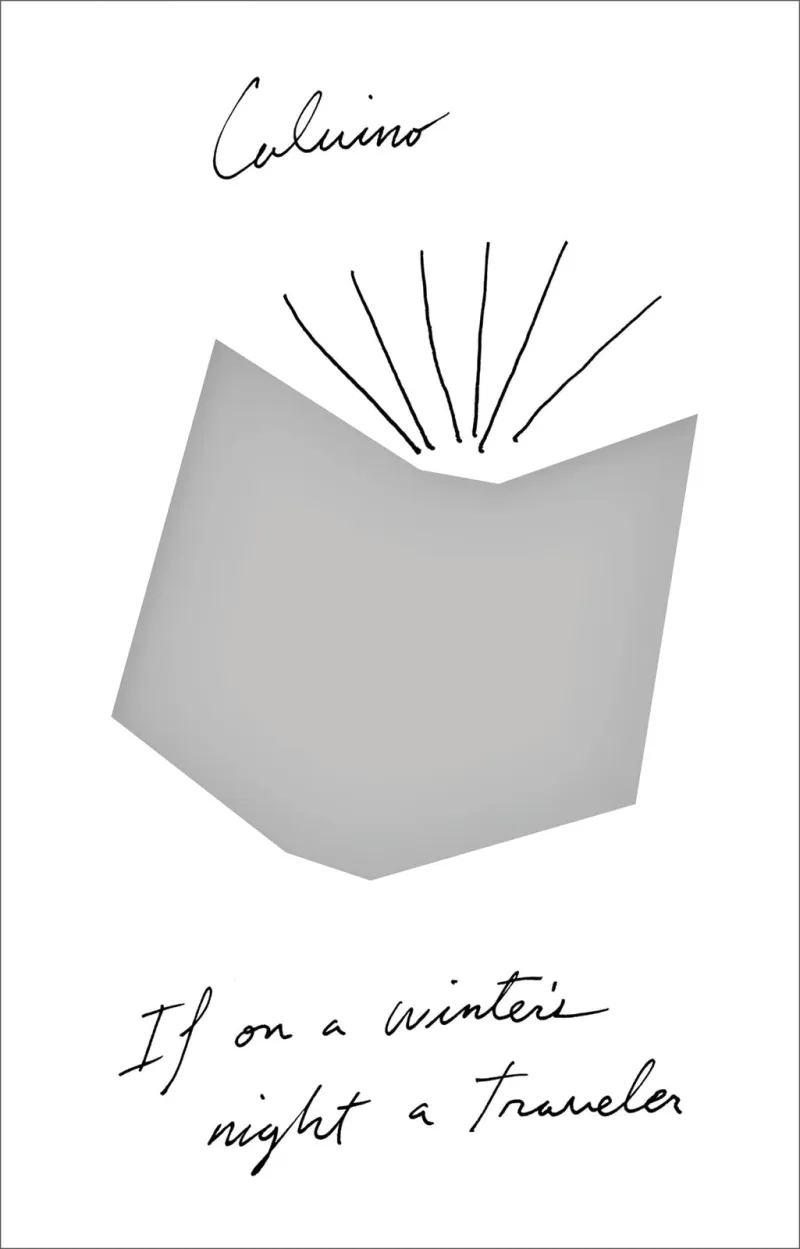An overview of
If on a Winter's Night a Traveler
by Italo Calvino
2.Einaudia
a.1979
If on a Winter's Night a Traveler summarized (in two sentences or less)
You start reading a book called "If on a Winter's Night a Traveler," but it's incomplete, leading you to search for the rest of the story. Alongside a fellow reader named Ludmilla, you encounter a series of 10 different stories, all incomplete, while uncovering a book-forgery scheme and falling in love.
If on a Winter's Night a Traveler Trivia and/or (Un)fun Facts
The book is a pioneer in metafiction, basically a story about the act of reading itself. It's like the Inception of literature.
Calvino wrote the book in the second person, which is pretty rare. So, you're not just reading the book; you're IN the book.
The novel was published in 1979, but its experimental style makes it feel way ahead of its time, like a literary time traveler.
Why If on a Winter's Night a Traveler Is Challenging
The novel is written in the second person present progressive tense.
Why If on a Winter's Night a Traveler Is Worth Reading
It's essentially 10 different stories woven into a larger narrative about the act of reading. It's like a literary tasting menu, offering you a bite of different genres and styles while still being part of a cohesive meal.
Who If on a Winter's Night a Traveler Is For
This book is a treat for the adventurous reader—the kind who loves puzzles, mind-benders, and anything that flips the script on "normal" storytelling. If you're the type who digs into a mystery novel and then debates it over craft beers or bad wine, this is your jam. It's for the reader who doesn't just want to passively consume a story but wants to be challenged, engaged, and maybe a little bewildered.
How to Read If on a Winter's Night a Traveler
Embrace the Confusion: Don't stress if you're feeling lost; that's part of the experience. Calvino wants you to feel like you're in a literary labyrinth.
Bookmark the Story Starts: Each of the 10 stories within the book has its own flavor. You might want to bookmark these to revisit and ponder individually.
Take Your Time: This isn't a book to rush through. Savor the layers and the way it plays with the act of reading itself.
Keep an Open Mind: If you're used to straightforward narratives, this will be a curveball. Let it stretch your idea of what a novel can be.
Discuss with a Friend: The book is a trip, and it's even better when you can share the "What the heck just happened?" moments with someone else.
Discussion Questions about If on a Winter's Night a Traveler
If on a Winter's Night a Traveler Research Prompts for Postdocs:
-
How does Calvino's fragmented narrative structure challenge or expand upon Roland Barthes' concept of the "Death of the Author"? Does the book give more agency to the reader, the text, or neither?
In what ways does "If on a Winter's Night a Traveler" serve as a commentary on the semiotics of reading? How does the book manipulate signs and symbols to create or disrupt meaning?
Considering the book's exploration of multiple genres and styles, how does it engage with or critique the concept of literary canon? Does it democratize literature or further complicate its categorization?
If on a Winter's Night a Traveler Conversation Starters for Normal People:
- How does the book's structure of alternating between the main narrative and different stories affect your understanding of what a novel can be? Is it disruptive or enlightening?
What role does the character of Ludmilla, the "Other Reader," play in your experience of the book? Does her presence change how you think about reading as a solitary or communal act?
The book touches on themes like censorship, translation, and the commercial aspects of publishing. Which of these stood out to you the most, and why?
Questions about If on a Winter's Night a Traveler that you can ask your dog:
- Remember how the book keeps changing stories? It's like when you're playing with one toy and then suddenly want to play with another. Did that make the book more fun or confusing for you?
In the book, you meet another person who's also trying to read the same story. It's like having a reading buddy! Did you like having another person in the story, or did you want to read all by yourself?
The book talks about fake copies and real copies of stories. It's like having a real toy and a knock-off toy. Could you tell which story was the "real" one, and did it matter to you?
The Most Amusing If on a Winter's Night a Traveler Review I Can Find
I'm so glad metafiction isn't trendy anymore.
★★☆☆☆
—Hannah Notess via Goodreads
—Hannah Notess via Goodreads
